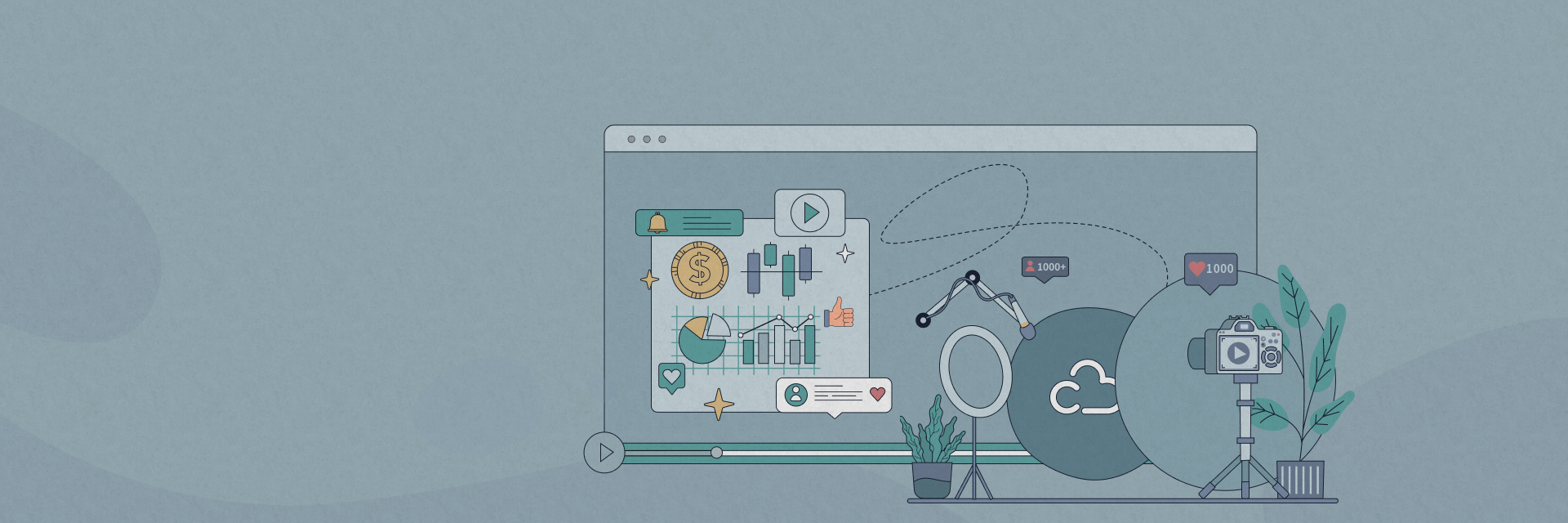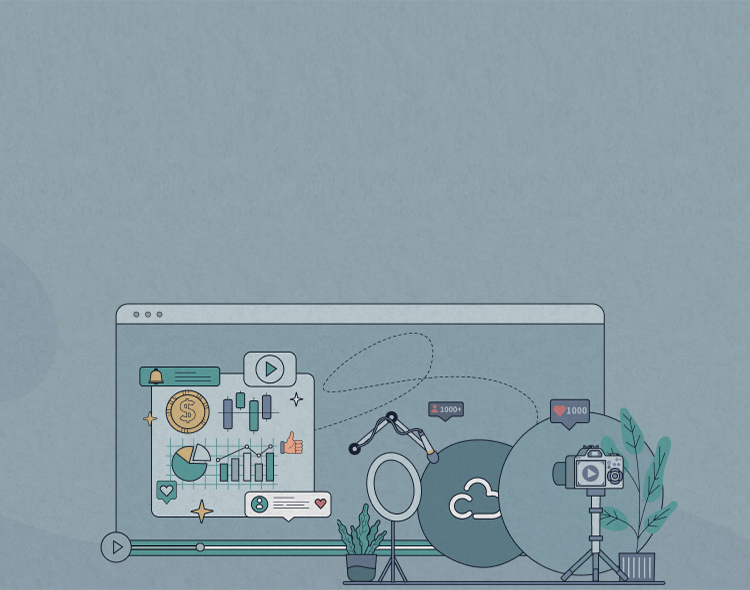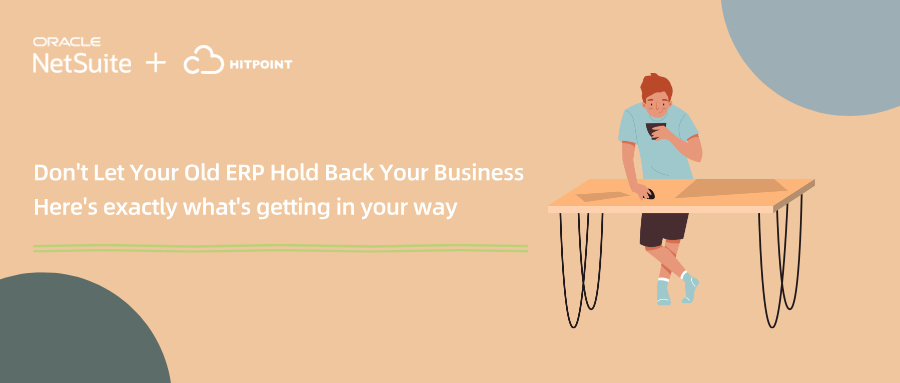When was the last time you properly upgraded your ERP?
Not just patching or rebooting servers, but like upgrading your mobile phone – confidently embracing the latest features. Many can scarcely recall that experience. Forrester research reveals stark figures: nearly half of enterprises use ERP systems at least two generations behind the latest version, with a time gap starting at four years. In other words, while others' systems are cruising on the motorway, yours is still rattling along on a gravel track.
Why does this happen? It's not that executives don't want to upgrade. But once an old ERP system has been heavily customised—like an old house with an unauthorised loft conversion—renovating it requires tearing down that extension first. The cost instantly scares the finance team off. So everyone tacitly agrees to ‘keep using it as is’ until spreadsheets pile higher and night shifts pile thicker, only to discover they've been quietly strangled by ‘version lock-in’.
1. Maintenance eats up the budget; innovation gets no look in
The IT department spends 90% of its energy patching holes, fielding fault calls, and swapping hard drives. The remaining 10% is used for ‘survival mode’ – where's the time left to develop new business initiatives? Competitors invest that same money in loyalty points, live-streamed sales, and supply chain finance, widening the gap.
2. Compliance rules shift overnight, leaving legacy systems helpless
Revenue recognition, sales tax, cross-border declarations – regulations change three times a year. Code written a decade ago couldn't foresee today's demands, forcing finance staff to manually export CSV files. Lights burning all night during month-end closing? Not diligence, but systems lagging behind.
3. Expanding into new markets? Buy servers before hiring staff
Back in the day, ERP deployed by ‘country.’ Entering a new market meant setting up server rooms, hiring IT staff, and establishing local backups. By the time your hardware arrives, competitors have already launched Spanish-language interfaces via cloud ERP within weeks, integrated local couriers into their warehouses—while your goods still queue at customs.
4. Mobile working? VPN takes three turns round the block
Traditional ERP was born in a pre-4G era. For sales reps to check stock at a client's site, they'd first need to connect via VPN, then wait for the screen to load. Staff would simply return to the office to handle it, making only two client visits per day. Cloud ERP makes pages as lightweight as Taobao – two taps on a phone show stock, pricing, and payment terms, letting sales close deals on the road.
5. Real-time data becomes a luxury
Advertising platforms report per-click costs in seconds, yet finance teams still rely on weekly or monthly reports. Why? Data resides across seven or eight silos. Exporting, aligning, analysing, manually correcting errors—by the time this manual ETL process finishes, the sales opportunity has long cooled. Cloud ERP integrates processes, accounts, warehouses, and stores into a single ledger. Want to see which SKU sold out in which city today? Just refresh the screen.
6. Neither customers nor suppliers wish to engage with CSV files
Distributors demand real-time stock levels, customers require shipment tracking, and upstream suppliers seek to implement Vendor-Managed Inventory (VMI) for you. Legacy systems lacking APIs force CSV attachments via email, requiring manual import and phone verification for every misaligned cell. Cloud ERP inherently features open interfaces, enabling direct communication between systems. Inventory, orders, and dispatch statuses synchronise instantly—as effortlessly as liking a social media post.
7. Even employee self-service relies on admin assistants
Expense claims, payment requests, overtime forms – traditional ERP assumes you're an office-bound “form-filling specialist”. Cloud ERP delivers Alipay-like simplicity: snap and upload, auto-recognise invoices, one-click submission. Financial rules run in the background, ensuring compliance and efficiency. Admin assistants can finally train teams instead of processing forms daily.
Solving all these issues in one go is what ‘cloud ERP’ delivers.
It makes upgrades as simple as updating a mobile app—installed overnight, ready by morning. Customisation becomes configuration, aligned with the latest version, eliminating fears of ‘upgrade-induced breakdowns’. Security, backups, and compliance are treated as services, managed by the vendor's specialists, freeing you to focus on product development, market strategy, and customer engagement.
The budget, manpower, and time saved will translate into new outlets, faster logistics, and a more seamless customer experience—fulfilling ERP's original promise of ‘making business faster, bigger, and lighter’.
Legacy ERP isn't inherently flawed; it simply belongs to the era of fax machines, yellow pages, and dial-up internet.
Today, when you can deploy globally across browsers, mobile devices, and subscription models within weeks, why cling to that ancient server, listening to its fans whirring late into the night?
Give your ERP a cloud-based makeover, and you'll give your company a faster runway.
Don't let yesterday's systems hold back tomorrow's business.
-
Digital Transformation Guide
2025/12/04【Cloud Goods Sharing】Cloud Data Warehouse = “A Toy for Big Companies”? 5 Misconceptions That Are Slowing Down Your Growth!
-
Digital Transformation Guide
2025/11/25【Cloud Goods Sharing】Can Oracle NetSuite's AI Capabilities Enable “Intelligent Growth” for Businesses?
-
Digital Transformation Guide
2025/11/19【Cloud Goods Sharing】The New Mission of the CIO: Leading AI Transformation and Building the Intelligent Future of Enterprises
-
Marketing Events
2025/11/18【Cloud Update | Event Recap】 Oracle NetSuite China Summit: Winning Global Business Opportunities with the Golden Combination of Intelligence















